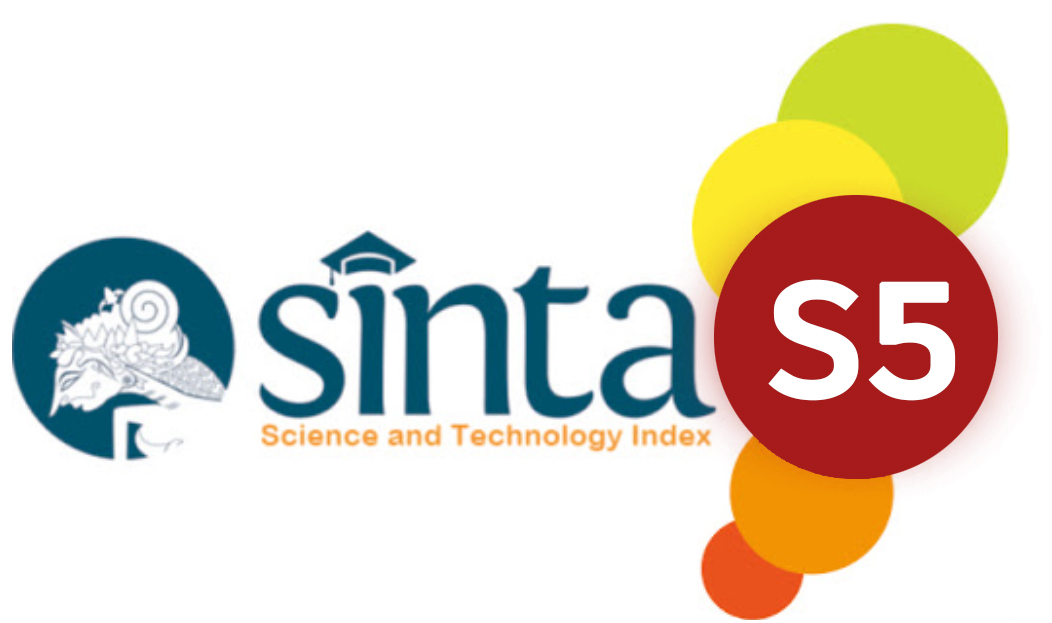Antioxidant Activity, Inhibition α-Glucosidase of Cymbopogon nardus (L.) Rendle and Identification of Active Compounds
Abstract
Diabetes mellitus (DM) has become a health problem in various countries, even in Indonesia, multiple of Covid-19 sufferers have DM as comorbid. Treatment of DM can be conducted by delaying glucose intake performed by the α-glucosidase enzyme in the intestine. Treatment using synthetic drugs often causes side effects. Instead to overcome these problems, herbal medicine is a choice. Cymbopogon nardus (L.) Rendle served as a potential candidate as seen from prior research but related to DM drugs, further exploration needs to be performed. This study aims to acquire a DM medicine by using Cymbopogon nardus (L.) Rendle . The leaves were macerated using 96% concentration of ethanol followed by multilevel fractionation with n-hexane, water and ethyl acetate as solvents. The test results showed that the n-hexane fraction was the best for antioxidant activity and α -glucosidase inhibition with IC50 values of 8,23 ppm and 311,87 ppm while the identification of the compound by using Liquid Chromatograph-Mass Spectrometry (LC-MS/MS) suspected compounds that have a role were ar-turmerone, beesioside N and notohamosin A. Based on the test, the n-hexane fraction was found as a source of antioxidants as well as α -glucosidase inhibitors.
Keywords: Antioxidant, α -glucosidase, Cymbopogon nardus (L.) Rendle, LC-MS/MS.
Copyright (c) 2021 Najmah Najmah, Hasim Hasim, Didah Nur Faridah

This work is licensed under a Creative Commons Attribution-ShareAlike 4.0 International License.












